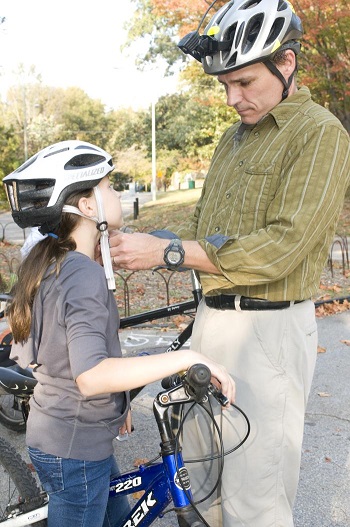 More than 12 million people in the U.S. live with the effects of a traumatic brain injury, according the Brain Injury Association of America. A person with a severe brain injury may need to be hospitalized and have long term health issues that affect memory, learning, coordination and balance, speech, hearing, vision, and emotions.
More than 12 million people in the U.S. live with the effects of a traumatic brain injury, according the Brain Injury Association of America. A person with a severe brain injury may need to be hospitalized and have long term health issues that affect memory, learning, coordination and balance, speech, hearing, vision, and emotions.
Most brain trauma is caused by a concussion via a bump, or jolt to the head or by a hit to the body that causes the head and brain to move rapidly back and forth. This sudden movement can cause the brain to bounce around or twist in the skull, creating chemical changes in the brain and damaging brain cells.
Many traumatic brain injuries can be prevented by taking simple steps, such as always wearing a helmet when you are riding a bike, skateboard, motorcycle, and when you are snowboarding or skiing. Wearing a seat-belt and making sure your children are in a DOT approved car seat can also help prevent brain injuries.
In 2011, The National Institutes of Health awarded a grant to ADHS and the University of Arizona Emergency Medicine Research Center that enabled us to work with our other partners to develop the Arizona Excellence in Pre-Hospital Injury Care (EPIC) project. We partnered with Arizona Fire Chiefs Association and the Arizona Ambulance Association with the goal of improving outcomes from moderate and severe traumatic brain injury.
Based on the EPIC project, revised TBI treatment guidelines were developed that focus on the importance of increased blood flow to the brain. The EPIC project outcomes led to a redesign of manual resuscitator bags which now have a pressure limiter. This prevents rapid ventilation, which can keep blood pressure at an optimal level to oxygenate the brain. For more information about traumatic brain injuries, visit our Injury Prevention homepage and the CDC’s Injury Prevention 101.











